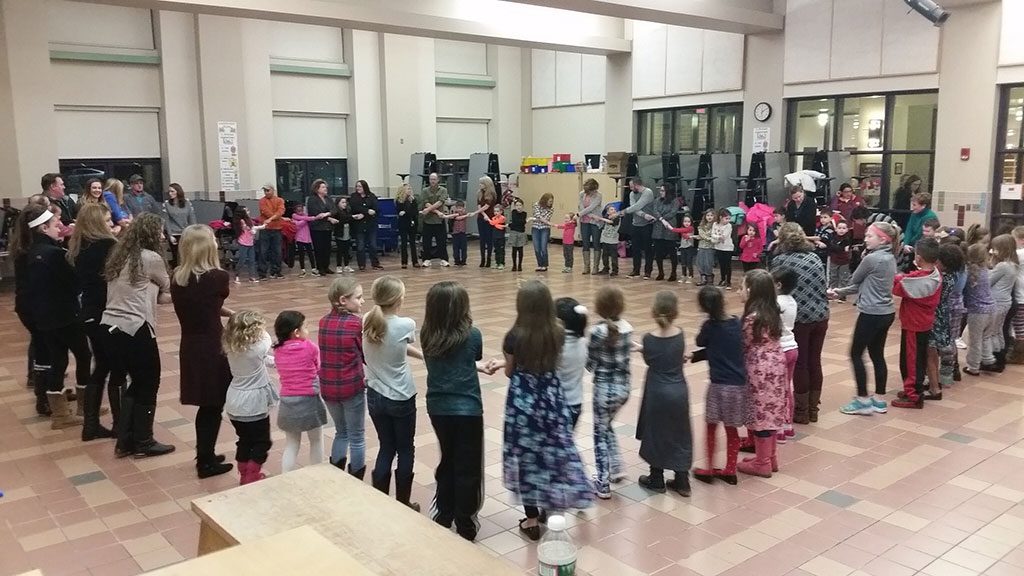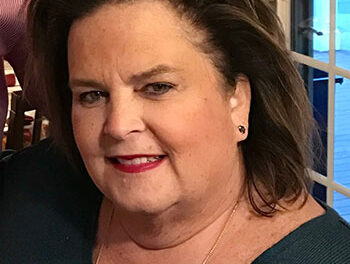By NEIL ZOLOT
WAKEFIELD – Elementary and middle school student math performance improved over the course of the 2022-23 school year and from levels in 2021-22 under the Illustrative Math curriculum and iReady assessment system.
“The thresholds for being at grade level are higher at the end of the year than the beginning,” grades 5-12 math curriculum coordinator Lindsay Mosca told School Committee members at a June meeting. “Data indicates students are learning and students not at their grade level are getting there.”
The percentage of Kindergarteners at or above their grade level was 72% at the beginning of the year and 86% at the end. 1st graders at or above grade level rose from 16% to 81%, a huge increase probably the result of a more intense curriculum, while 2nd graders at or above grade level rose from 20% to 62%, 3rd graders from 14% to 69% and 4th graders from 38% to 79%.
In addition, the percentage of students below grade level in grade 1 dropped from 7% to 0, from 19% to 4% in 2nd grade, 21% to 4% in 3rd and 19% to 5% in the 4th, with no information given for Kindergarten.
Comparing 2021-22 to 2022-23, the percentage of students meeting their improvement goals rose 13% in 1st grade, 12% in 2nd, 22% in 3rd and 10% in 4th.
In grades 5-8, only 16% of students were at or above their grade levels at the beginning of the year, but 40% were at the end of the year. 39% were one grade below their level at the beginning of the year, but only 21% were at the end. The percentage of students two grades below their level dropped from 11% to 5%, while the percentage of students three grades below their level dropped from 10% to 8%. “We’re pleased with the results, but not necessarily surprised,” Mosca said. “We expected to see growth among students who are struggling or at or above grade level. What’s surprising is how great it looks just two years in. We’re seeing promising results with a new curriculum. It usually takes some time to get there.”
“The news is good,” School Committee member Peter Davis reacted, before asking how the results compared to years before the pandemic shutdown and hybrid learning years.
Mosca answered with iReady not in use at that time, comparisons were hard to make.
“How much is attributable to the new curriculum?” member Stephen Ingalls asked. “2021-22 was a full school year using the new curriculum.” Mosca answered. “I think there’s a good comparison in how we’re moving forward.”
Member Tom Markham asked if a correlation could be made between proficiency at the end of one grade and the beginning of the next, an allusion to vertical alignment in which curricula in one grade leads up to curricula in the next. (Horizontal alignment is having consistent curricula in all classes in one grade.)
Mosca answered assessments are made depending on a “summer slide” loss of proficiency or whether a student has participated in a summer enrichment program.
The School Committee was also given results of a “landscape analysis” poll of teachers conducted by consultants Teaching Lab, funded by a grant from the state Department of Elementary and Secondary Education. In it 87% of teachers reported using their curriculum every day, with 13% using it multiple times over the course of a week or month.
36% reported using the curricula with no modifications, while 46% reported using it with modifications, but to less than half of the material. 16% reported modifying over half the material.
74% of teachers agreed or strongly agreed the curricula will help their students, 58% the curricula was well suited to their needs and 72% the curricula offers high quality opportunities to learn.





